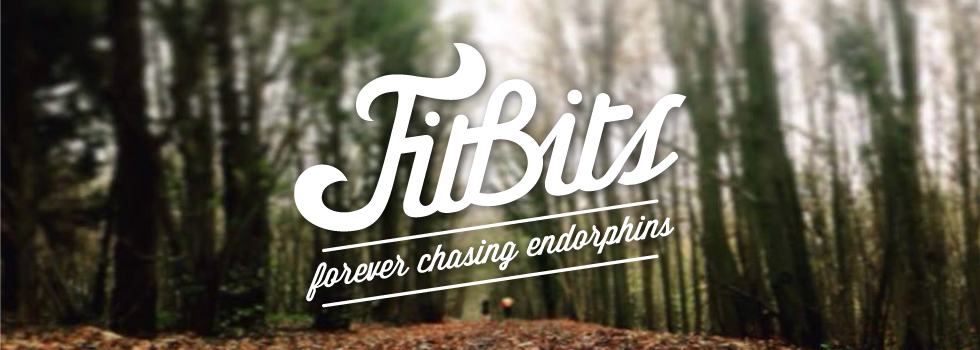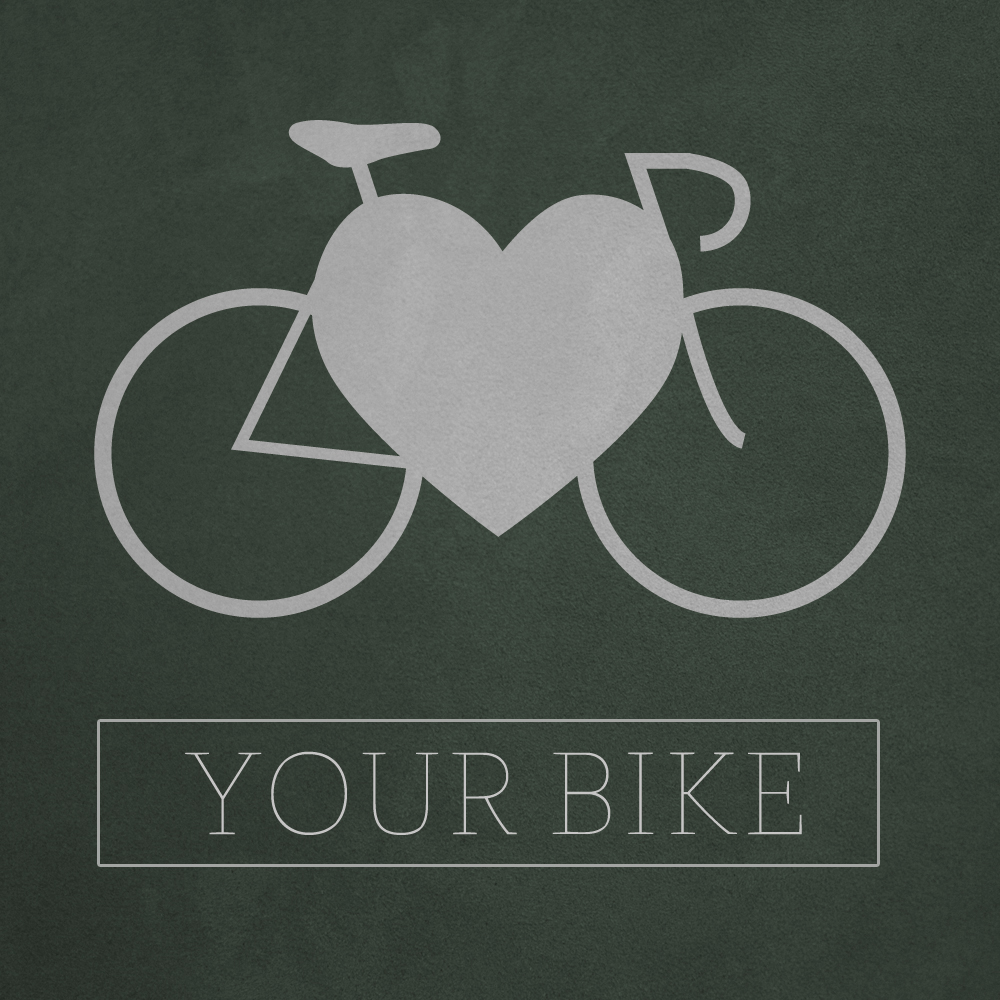So my bike went in for its pre-duathlon service last night. I can’t wait to get it back afterwards – it’ll be like brand new again, all tightened up and riding like a dream. I’ve had my hybrid Giant Escape 2W for just over a year and have used it pretty much every single day for the five mile commute to work or getting round town, have taken it on a few long rides too, so regular servicing keeps it in good nick.
I got it on the Cycle to Work Scheme through my employer, to replace my cheap and chunky old mountain bike that was on its last legs. There’s no way I could’ve afforded it otherwise, so if you’ve got big bike-shaped dreams but can’t front the cash, ask your employer if they’re part of the scheme (and if they’re not, get them to sign up, it’s easy and free).
You effectively get a loan to buy the bike and all the safety equipment outright (helmet, lights, safety clothes etc.) and then pay your employer back through your gross wages each month, making up to 43% saving on the total cost of the bike and accessories. Bonus!
As much as I love my hybrid I’ve got my sights set on a sleek and feather light racer now, although I’ve yet to look into whether I can get a second bike on the scheme so this might just have to wait until we’ve got some more important big spends taken care of (read: WEDFEST 2014!)
Anyway, with only two days until the London Duathlon and my trusty steed in for its health check, it’s time to do all the last minute checks to make sure it’s race ready. The London Duathlon and Bike Lab have sent over their Top 5 pre-race bike checks, so if you’re racing this Sunday (or have another duathlon/triathlon/cycling race to compete in), make sure you do these essential checks before the big day!
TOP FIVE PRE-RACE BIKE CHECKS FROM
BIKELAB AND LONDON DUATHLON
1) The “drop test”
- Hold bike 6″ from the ground and drop it to see if anything rattles.
2) Wheels and Tyres:
- ·Spin the wheels in the frame and look for
any kinks or side-to-side movement. If you’re in any doubt, get your wheels
trued by a pro.
- ·Look for broken spokes – replacing any
that are broken.
- ·Inspect the condition of your tyres; look
for cuts, nicks or surface flaws.
- ·Tyres should “look healthy”, the
rubber smooth, without uneven wear, distortion or cracking & deterioration
of the compound.
- ·If your tyre is a tubular, try to push it
off all around the rim.
- ·Check tyre pressures, especially on race
day. Inflate your tyres, based on manufacturers recommendations, which are
stamped or printed onto the sidewall.
- ·Keep an eye on the pressure over a few
days of use – any drop in pressure could indicate a slow puncture.
3) Brakes
- ·Spin the wheels again, testing each brake
independently.
- ·At full pressure, it shouldn’t be possible
to pull the levers all the way to the bars.
- ·Check pads for wear, especially irregular
wear, some brake blocks have wear indication lines to help with this. Check
that pads touch the wheel rim at the same time, they are central, do not touch
the tyre sidewall and are free from bits of grit/aluminium.
4) Gears
- Take the bike for a quick spin and run up and down the full range of gears – if you have access to a workstand, run the gears whilst making minor adjustments.
- Check for smooth, reliable gear changes on the rear cassette.
- On the front chainrings, shifts between small and large chain rings should be smooth. The chain should never fall off the chain-rings, when shifting the front derailleur. You should be able to change up and down quickly – almost ‘aggressively’ and still not drop the chain.
- Wipe down the chain and clean, then lubricate the transmission, using cycle specific cleaners and lubricants.
5) Check other parts of the bike – (frame, bars & stem, saddle, pedals, cables etc. – you are looking for dents, cracks, split or fraying parts)
- · Look
for any ‘play’ (looseness) or roughness in bearings such as the headset, pedals
or bottom bracket.
- ·Grab
each item and tug it from side-to-side, feeling for signs of movement.
- ·Check
the headset for play by putting front brake on and rocking the bike backwards
and forwards – a loose headset will result in play you can feel. to make sure
it’s not overly tight or worn, lift the front of the bike off the ground and allow
the handlebars to swing freely from side to side. They should move under their
own weight, without any ‘notchy’ movement.
* Just before race day, you’ll only need to lubricate the chain and gear pivots, pack your race day kit
(spare tube / tyre levers / multi-took) and away you go!
Anyone else doing the London Duathlon this Sunday? See you there?




